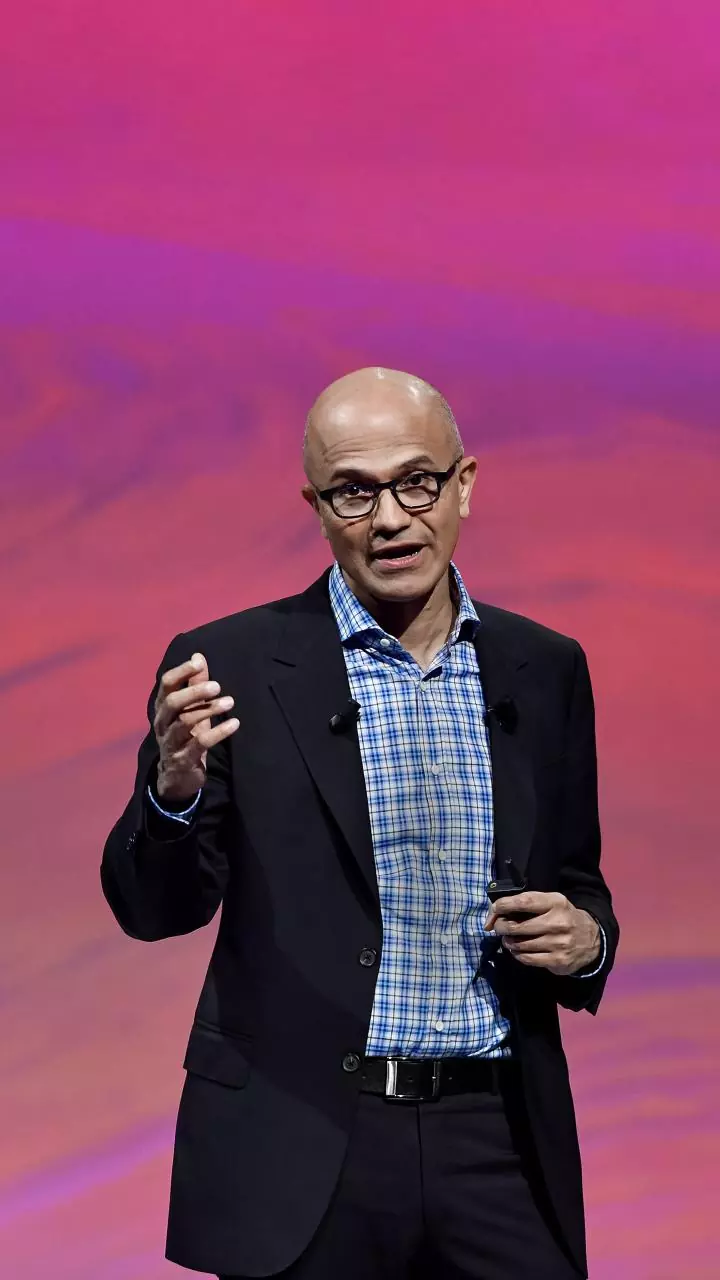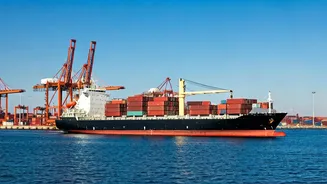A Day of Terror
On November 26, 2008, Mumbai was struck by a series of coordinated terrorist attacks that left the city reeling. The attacks, which began late in the evening,
targeted several locations, including the Chhatrapati Shivaji Terminus railway station, the Oberoi Trident and Taj Mahal Palace hotels, and a Jewish community center. These attacks involved ten members of Lashkar-e-Taiba, an Islamist terrorist organization based in Pakistan. These terrorists arrived by sea, using inflatable boats to land in Mumbai. Armed with automatic weapons and explosives, they spread across the city, causing widespread chaos and violence. The attacks continued for nearly three days, with security forces struggling to contain the situation and rescue hostages. The attacks resulted in the deaths of 166 people and left many more injured, making it one of the most devastating terrorist attacks in Indian history. The attacks triggered global outrage and condemnation, and they significantly impacted the way India approached counter-terrorism measures.
Who Was Rohit Arya?
While details around all individuals are not available, understanding the events requires shedding some light on the involved parties. A central figure of the Mumbai attacks was Rohit Arya, an individual whose actions became intertwined with the tragedy. Information about Rohit Arya's specific involvement is limited in the available context. Determining what drove him and the other perpetrators remains complex, with investigations pointing to ideological motivations and extensive training. More details may become available, allowing a clearer picture of Arya's role and the factors influencing his actions during the attacks. Understanding the individuals is critical to piecing together the events of the Mumbai attacks and gaining insights into the nature of the crisis. Without such data, a complete analysis of the attacks is challenging.
Hostage Situation Emerges
The attacks quickly escalated into a hostage situation at various locations. Terrorists seized control of the Chhatrapati Shivaji Terminus railway station, the Oberoi Trident and Taj Mahal Palace hotels, and the Nariman House Jewish community center. Inside these locations, they held numerous people hostage, including civilians, foreign nationals, and hotel staff. The terrorists' motives remained unclear, creating an atmosphere of intense fear and uncertainty. Their demands, if any, were not initially revealed, making negotiations and resolution exceedingly difficult. The hostage situation involved prolonged standoffs between the terrorists and security forces. This further complicated rescue operations and led to increased casualties. The public's attention was riveted by the unfolding events. The crisis highlighted the vulnerabilities of the city's infrastructure and the challenges faced by security forces in responding to such complex and coordinated attacks. Managing the hostage situation and maintaining some control proved difficult.
Threats Inside Locations
Throughout the attacks, the terrorists communicated their demands and spread fear. The terrorists utilized various methods to communicate their threats from within the besieged locations. They made phone calls to news channels and media outlets. These communications were a way to broadcast their demands and to spread panic among the general public. Additionally, the terrorists also used social media. It was crucial for authorities to monitor these communications, as they provided insight into the terrorists' strategies and plans. Such communication was important for understanding the scope of the attacks and their intentions. These messages were aimed at instilling fear and gaining leverage. The constant threat amplified the already perilous situation and made negotiations extremely challenging. The threat messages from within the targeted areas were a critical aspect of the Mumbai attacks, shaping the narrative and influencing the response from authorities and the public.
Commandos to the Rescue
As the attacks escalated, the National Security Guard (NSG), India's elite counter-terrorism unit, was deployed to Mumbai to take control of the situation. The commandos worked to eliminate the terrorists and rescue the hostages. Their training and experience were crucial in navigating the complex environments and confronting the heavily armed terrorists. The NSG launched coordinated operations at the Taj Mahal Palace Hotel, the Oberoi Trident Hotel, and Nariman House. They had to deal with intense gunfire, explosives, and the uncertainty of the hostages' safety. The commandos cleared rooms, corridors, and other areas, moving from location to location to neutralize the terrorists and secure the premises. The operation at Nariman House involved a specialized team. After a three-day operation, the commandos managed to neutralize all the terrorists. Their courage and skill were praised, but the cost of the operation was high, with several commandos losing their lives in the line of duty. The response was a testament to the bravery and resilience of India's security forces. They worked to restore order and bring an end to the Mumbai attacks.















